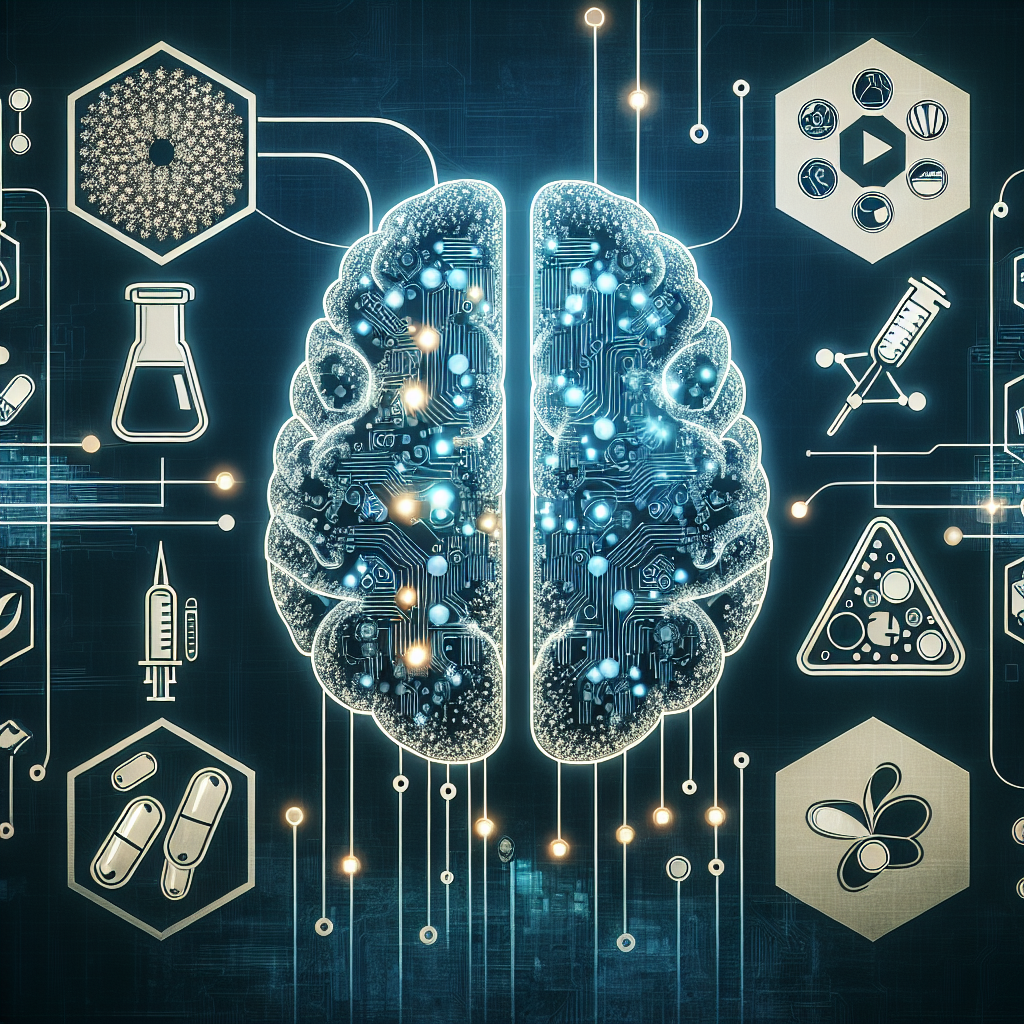The Future of Drug Safety: How AI is Transforming Pharmacovigilance
- Bridgway Team
- Sep 4, 2024
- 3 min read
Updated: Jan 1
In the dynamic landscape of healthcare, staying ahead of the curve is vital for ensuring optimal patient care. Pharmacovigilance, the science of monitoring and assessing the safety of medications, plays a crucial role in identifying, evaluating, and preventing adverse effects of pharmaceutical products. The integration of artificial intelligence (AI) in pharmacovigilance processes has emerged as a game-changer, revolutionizing the way adverse drug reactions are detected and managed. Let's delve into the realm where cutting-edge technology meets patient safety - the synergy between pharmacovigilance and artificial intelligence.
Enhancing Vigilance with AI
Artificial intelligence, with its ability to analyze vast amounts of data rapidly, has unlocked new avenues in pharmacovigilance. By harnessing machine learning algorithms and natural language processing, AI can swiftly sift through diverse data sources, including electronic health records, social media platforms, and medical literature, to detect signals of potential drug adverse effects. This proactive approach enables early identification of safety concerns, leading to timely interventions and improved patient outcomes. The speed and efficiency offered by AI significantly augment traditional pharmacovigilance methods, ensuring a more robust and comprehensive surveillance system.
Breaking Barriers and Enabling Precision
Traditional pharmacovigilance techniques often face challenges due to underreporting of adverse events, incomplete data, and time-consuming manual processes. AI addresses these limitations by enabling real-time monitoring and analysis of patient data, allowing for the detection of subtle patterns and associations that might go unnoticed through conventional methods. The application of AI algorithms can also facilitate the identification of specific patient populations at higher risk of adverse reactions, enabling personalized risk assessment and tailored interventions. This precision medicine approach holds immense promise in optimizing drug safety and efficacy profiles, ultimately benefiting both patients and healthcare providers.
Empowering Decision-Making through Predictive Analytics
AI-driven predictive analytics are reshaping the pharmacovigilance landscape by forecasting potential safety issues and trends based on historical data. By leveraging predictive modeling and risk stratification techniques, AI can provide valuable insights into the likelihood of adverse effects associated with specific medications. This foresight empowers healthcare professionals to make informed decisions regarding treatment strategies, drug development, and regulatory efforts. Additionally, AI systems can continuously learn and adapt to new information, ensuring that pharmacovigilance practices remain dynamic and proactive in safeguarding public health.
The Human-AI Collaboration
While AI offers unprecedented capabilities in pharmacovigilance, the human element remains indispensable in ensuring the ethical and responsible use of technology. Healthcare professionals, pharmacovigilance experts, and AI specialists must collaborate synergistically to interpret AI-generated insights, validate findings, and make critical decisions regarding patient safety. Building trust in AI systems and maintaining transparency in data processing are paramount to fostering a harmonious human-AI partnership that prioritizes patient welfare above all else.
Looking Ahead: Future Horizons
The fusion of pharmacovigilance and artificial intelligence holds immense potential for revolutionizing drug safety practices and enriching healthcare outcomes worldwide. As AI technologies continue to evolve and refine their capabilities, the possibilities for enhancing pharmacovigilance mechanisms are limitless. From predictive analytics to automated signal detection, AI-driven innovations are poised to reshape the future of pharmacovigilance, paving the way for a safer, more efficient healthcare ecosystem.
In conclusion, the integration of artificial intelligence in pharmacovigilance represents a transformative shift towards proactive, data-driven drug safety monitoring. By harnessing the power of AI to augment traditional surveillance methods, healthcare professionals can elevate patient care standards, mitigate risks, and optimize treatment outcomes. As we navigate the boundless realms of technology and patient well-being, the synergy between pharmacovigilance and artificial intelligence stands as a beacon of innovation and progress in the realm of healthcare.

Comments